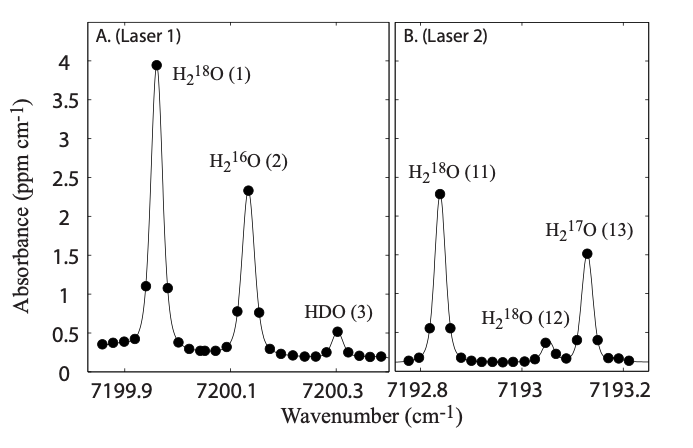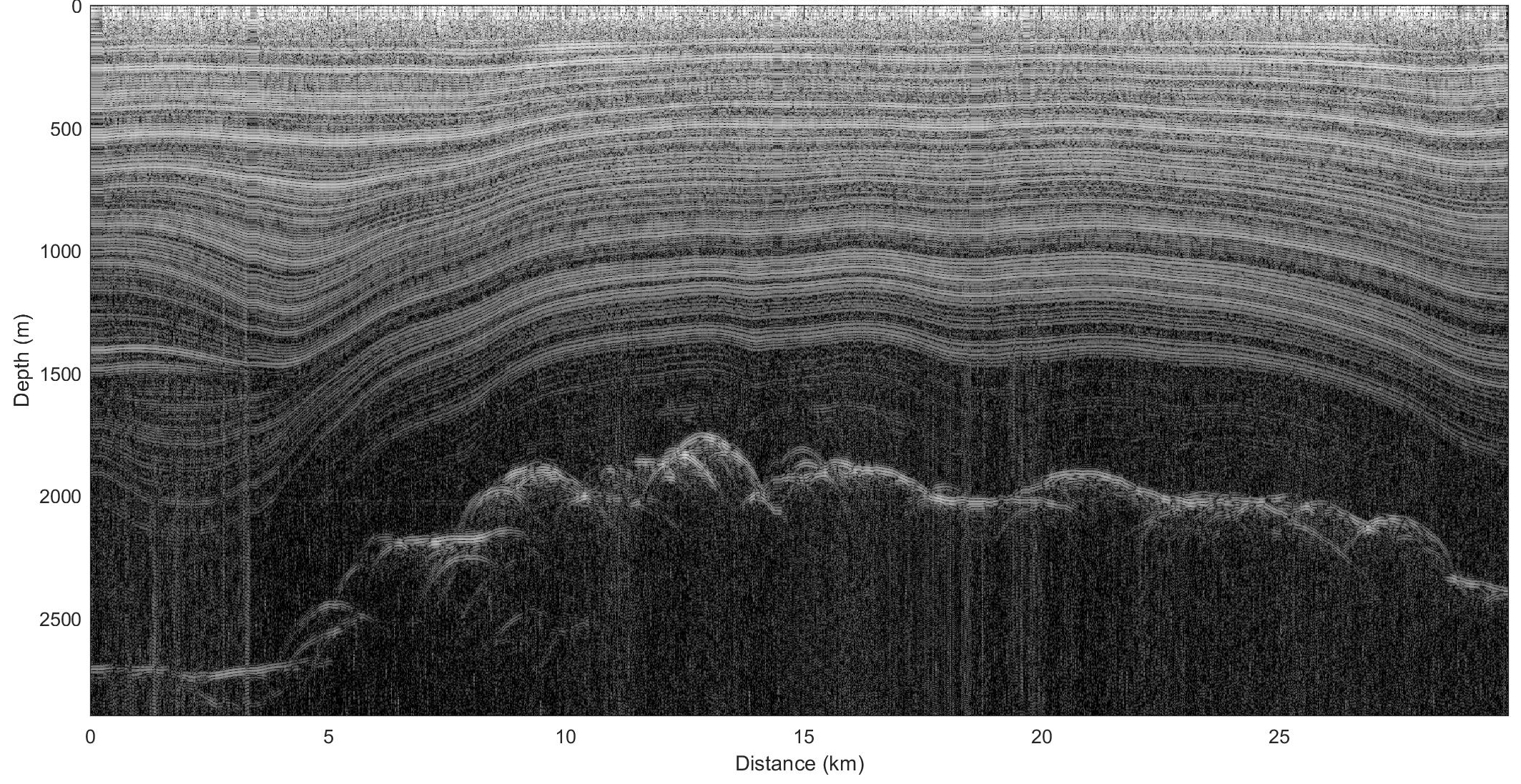ResearcH
The polar ice sheets -- Greenland and Antarctica -- are the major focus of the Steig research group. How have the ice sheets changed in the past, why are they changing now, and how will they change in the future? Most of our work is highly interdisciplinary and involves close collaboration with colleagues at UW, across the US, and around the world.
Our primary observational tool is the ice itself – ice samples obtained by drilling cores into the ice sheet, which are brought back to our lab and analyzed. We use advanced techniques -- some developed ourselves -- for obtaining accurate measurements of the isotopic composition of the ice, which provides the key measurement of past climate variability and change. We've been involved with every major ice-coring program led by the National Science Foundation since the early 1990s. Our current work involves a series of papers on the South Pole ice core and planning the next major drilling project, at Hercules Dome, Antarctica.
In addition to developing records from ice cores, we make use of ice-sheet and climate models to help us to interpret what these records are telling us. Current work includes simulations of climate changes that are a consequence of the ice sheet change – how the topography of the ice sheet itself influences the climate – and how such changes would be manifested in paleoclimate data. An important current focus is the use of advanced data-assimilation techniques, in collaboration with our colleague Greg Hakim in Atmospheric Sciences, to develop better understanding of how ice sheet boundary conditions (precipitation, temperature, and ocean and atmospheric circulaiton have changed in the past.
Finally, we also use modern observations – from satellites, weather stations, etc. – as well as models, to understand why the ice sheets are changing now. Changes in the flow of circumpolar deepwater onto the Antarctic continental shelf -- from changing winds discovered in part from our ice core records -- may have increased in the last few decades, thanks to anthropogenic CO2 emissions. You can read about more about this work, done in collaboration with colleagues at the British Antarctic Survey and with Columbia University, at RealClimate.org and at Physics Today.
Further examples of our work, and highlights of our discoveries, can be found below and at our Publications page.



